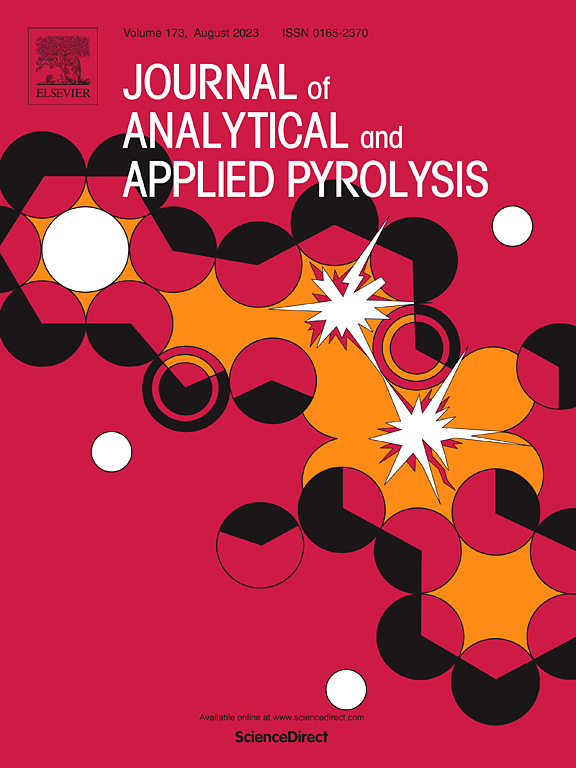Influence of biomass type and pyrolysis temperature on biochar characteristics for enhanced soil amendment
IF 6.2
2区 化学
Q1 CHEMISTRY, ANALYTICAL
引用次数: 0
Abstract
Biochar is a promising soil amendment, but its properties vary significantly based on biomass type and pyrolysis conditions. This study investigates the effects of feedstock type (sawdust, cotton stalk, reed cane, and sewage sludge) and pyrolysis temperature (400 −700 °C) on biochar yield and properties, focusing on chemical composition, and the effect of biomass chars on soil amendment for lettuce growth was determined with pot experiments. The results showed that the yield of biochar decreased geometrically with the increase of pyrolysis temperature, and the specific surface area and total pore volume of the all biochars increased, while the average pore diameter decreased. Sawdust, cotton stalk, and reed cane char exhibit well-developed aromatic porous structures and possess a higher carbon content. In contrast, sludge char had a comparatively lower carbon content, accompanied with high ash and nitrogen contents. Compared to control, the addition of biochar into soil significantly enhanced the plant growth. The maximum phytomass increases were 61.66 %, 81.81 %, and 101.41 %, with the addition of 3 % sawdust char, 3 % reed cane char, and 5 % sludge char, respectively. This observation may be benefited from the relatively higher specific surface area of reed cane char and the high C/N in sludge and sawdust char, improving the water retention, organic matter, and total nitrogen of soil. Conversely, the addition of more than 3 % cotton stalk char led to plant yield reduction and even death. This was due to the elevated levels of inorganic salts containing K and Na in the cotton stalk char.
生物质类型和热解温度对生物炭特性的影响
生物炭是一种很有前途的土壤改良剂,但其性质因生物质类型和热解条件的不同而有很大差异。本研究考察了原料类型(锯末、棉秆、芦苇和污水污泥)和热解温度(400 −700°C)对生物炭产量和性质的影响,重点研究了化学成分,并通过盆栽试验确定了生物质炭对生菜生长土壤改质的影响。结果表明:随着热解温度的升高,生物炭的产率呈几何级数递减,各生物炭的比表面积和总孔容增大,平均孔径减小;木屑、棉秆和芦苇炭具有发达的芳香多孔结构,碳含量较高。污泥炭碳含量相对较低,灰分和氮含量较高。与对照相比,土壤中添加生物炭显著促进了植物的生长。当添加3 %的木屑炭、3 %的芦苇炭和5 %的污泥炭时,最大生物量增加率分别为61.66 %、81.81 %和101.41 %。这可能得益于芦苇炭较高的比表面积以及污泥和木屑炭中较高的C/N,从而改善了土壤的保水性、有机质和全氮。反之,添加3 %以上的棉秆炭会导致植株减产甚至死亡。这是由于棉秆炭中含钾和钠的无机盐含量升高所致。
本文章由计算机程序翻译,如有差异,请以英文原文为准。
求助全文
约1分钟内获得全文
求助全文
来源期刊
CiteScore
9.10
自引率
11.70%
发文量
340
审稿时长
44 days
期刊介绍:
The Journal of Analytical and Applied Pyrolysis (JAAP) is devoted to the publication of papers dealing with innovative applications of pyrolysis processes, the characterization of products related to pyrolysis reactions, and investigations of reaction mechanism. To be considered by JAAP, a manuscript should present significant progress in these topics. The novelty must be satisfactorily argued in the cover letter. A manuscript with a cover letter to the editor not addressing the novelty is likely to be rejected without review.

 求助内容:
求助内容: 应助结果提醒方式:
应助结果提醒方式:


